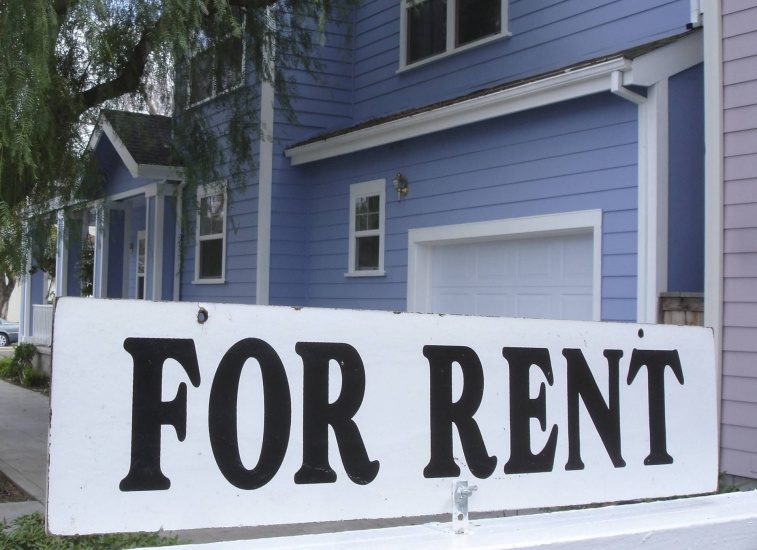
KJIPUKTUK (Halifax) – Last August I wrote about Rose (not her real name), a woman who uses a cane and lives with learning disabilities. She works part time, which is all she can handle.
For the past 20 years Rose has lived in her own apartment with her mom and dad paying the rent, power, and telephone. Her brother also chips in, and Rose pays the rest of her living expenses from the money she makes in her part time job.
Here is that story: More housing worries
Things have changed. Now we are in a 24-months countdown to the day that she will apply for income assistance because her parents are only able to pay her rent for two more years due to their health going downhill and her father recently retiring.
Rose’s father recently had a talk with her to break the bad news to her. Her parents are only going to be able to pay rent for two more years, and they have to stop paying her power and phone bill immediately.
The two years are because they wanted to give her a bit of time to prepare herself for her upcoming life of living on income assistance.
Her rent was $850 a month, sadly it has recently gone up to $900 a month. This means that she is going to have to find a cheaper apartment to live in. Her parents decided the one thing they do not want is to see her become homeless before she finds that cheaper apartment.
Before she could treat what she makes from working as disposable income at 100%. Now she has to pay her power and phone bills out of what she makes from working.
From working $12 an hour x 23 hours a week, she makes 926.72 per month after deductions. So what she earns from working is only $76.72 more than the $850 she will get from Income Assistance. Her power bill is $50 a month and her phone bill is $43 a month.
She told me that during Covid she was receiving CERB and she paid her own rent and power bill out of that money.
Her parents and her brother feel that the fact that she paid her rent out of CERB and that she now starts paying her phone and power out of what she makes working, she is getting ready for income assistance.
She also felt that the days of self isolation played a part in preparing her for how her life is going to be once she starts receiving income assistance.
She was telling me that at present she has friends who she goes to movies with once or twice a month and who she does other social activities with at other times. She will no longer be able to afford to do those activities once her life on income assistance begins.
Rose told me how much she is going to miss living where she lives, due to having to find a cheaper place to live.
Rose was asking me questions about what type of social activity do income assistance recipients engage in whereas they cannot afford to do hardly anything social-wise. She also brought up about how some things she reads in the Nova Scotia Advocate make her worry about what type of caseworker she is going to get once she is in the system.
To comfort Rose a bit I said to her: “It is true that income assistance does not give any extra allowances to engage in extra social activity, even if what you are interested in is healthy for you. It is also true that income assistance comes with a lot of bureaucratic nonsense and systematic problems you have to deal with while on it.”
I then told her that I have never heard of an IA caseworker requiring their clients to give up social activity that is free of charge. This article here will shed more light on it: All alone. Kendall Worth on the roots of isolation.
After that Rose felt a bit better about the future.
Kendall Worth is an award-winning anti-poverty activist who lives with disabilities and tries to make ends meet on income assistance.
With a special thanks to our generous donors who make publication of the Nova Scotia Advocate possible.
Subscribe to the Nova Scotia Advocate weekly digest and never miss an article again. It’s free!



